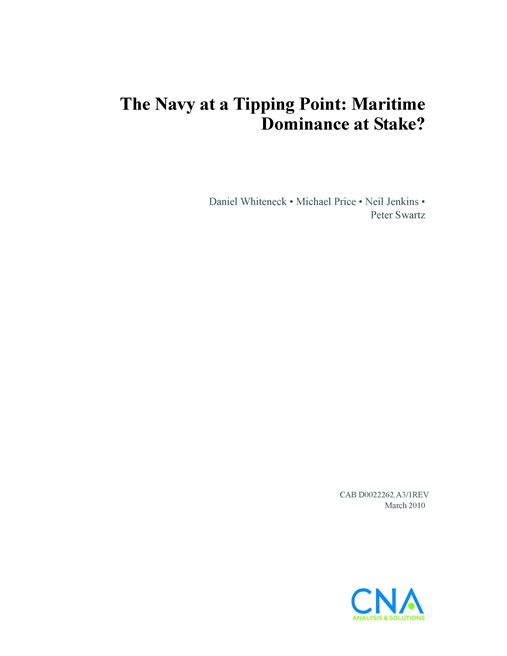In the post-Cold War environment, and since 9/11, evidence illustrates that the demand signal for naval forces has not waned. In fact, the Navy continues to be tasked with a range of operations, from disaster response to peacetime engagement and shows of force, and from counter-piracy and maritime interdiction to participation in major combat operations by TACAIR and other power-projection forces. This demand signal did not go down during the 1990s (“reaping the peace dividend”) as the Navy took on persistent operations in the Balkans, the Caribbean, and the Arabian Gulf after Desert Storm, continued its role in Asia, and expanded its peacetime engagement as COCOMs increased “shaping” activities.
After 9/11, the Navy shed its role in the Balkans and the Caribbean but increased its homeland defense role and its ballistic missile defense missions, and it has played a major part in strike operations for OIF and OEF for the past decade. The Navy also picked up significant roles in humanitarian assistance, maritime partnership building, littoral combat, and special operational forces (SOF), and routinely had over 10,000 sailors ashore in CENTCOM to support operations there. If the Navy hoped that reductions in the demand signal would give it breathing room to reset the force and invest in platforms and assets at the expense of operations, its hopes have proved to be false.
The Navy battle force has shrunk by 20 percent in the last decade, while the number of ships on deployment has remained relatively steady. In a period of constant demand, resources to meet those demands, pay for needed future structure, and meet growing demands for spending on people and health care have shrunk. They will not grow in the future. There is a gap that must be addressed.
Download reportAPPROVED FOR PUBLIC RELEASE. DISTRIBUTION UNLIMITED.
Details
- Pages: 50
- Document Number: CAB D0022262.A3
- Publication Date: 3/8/2010
